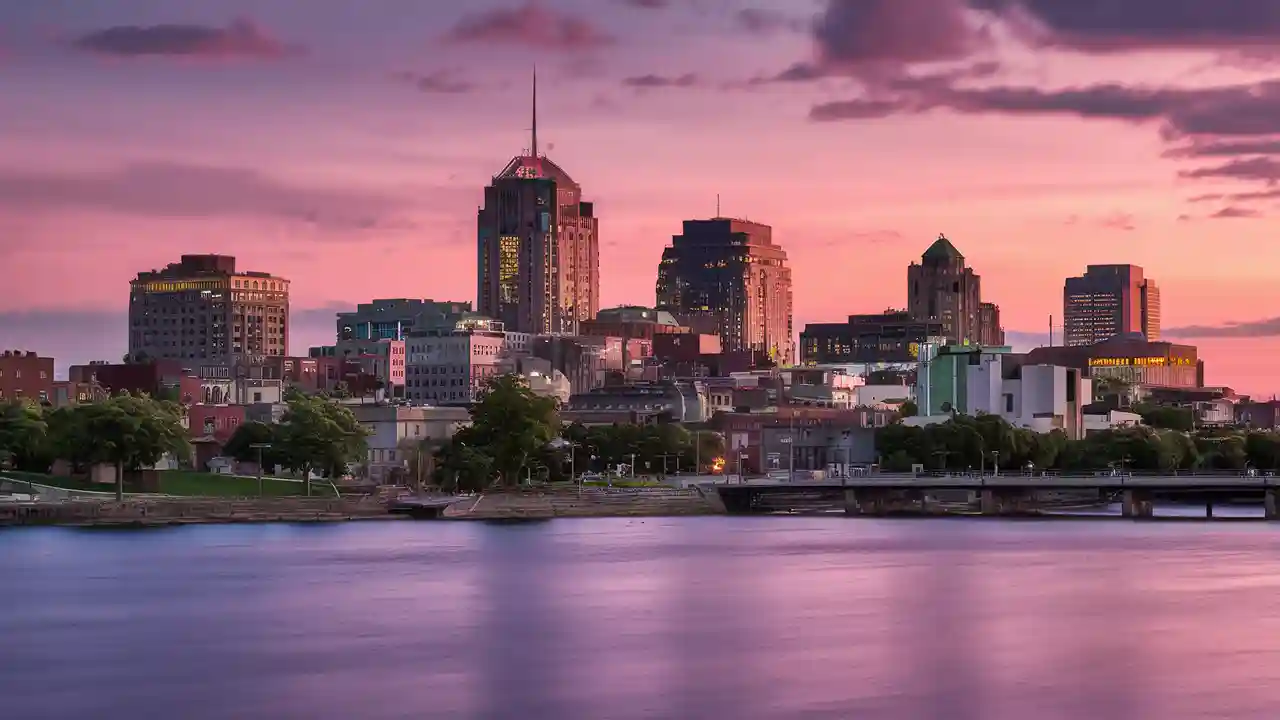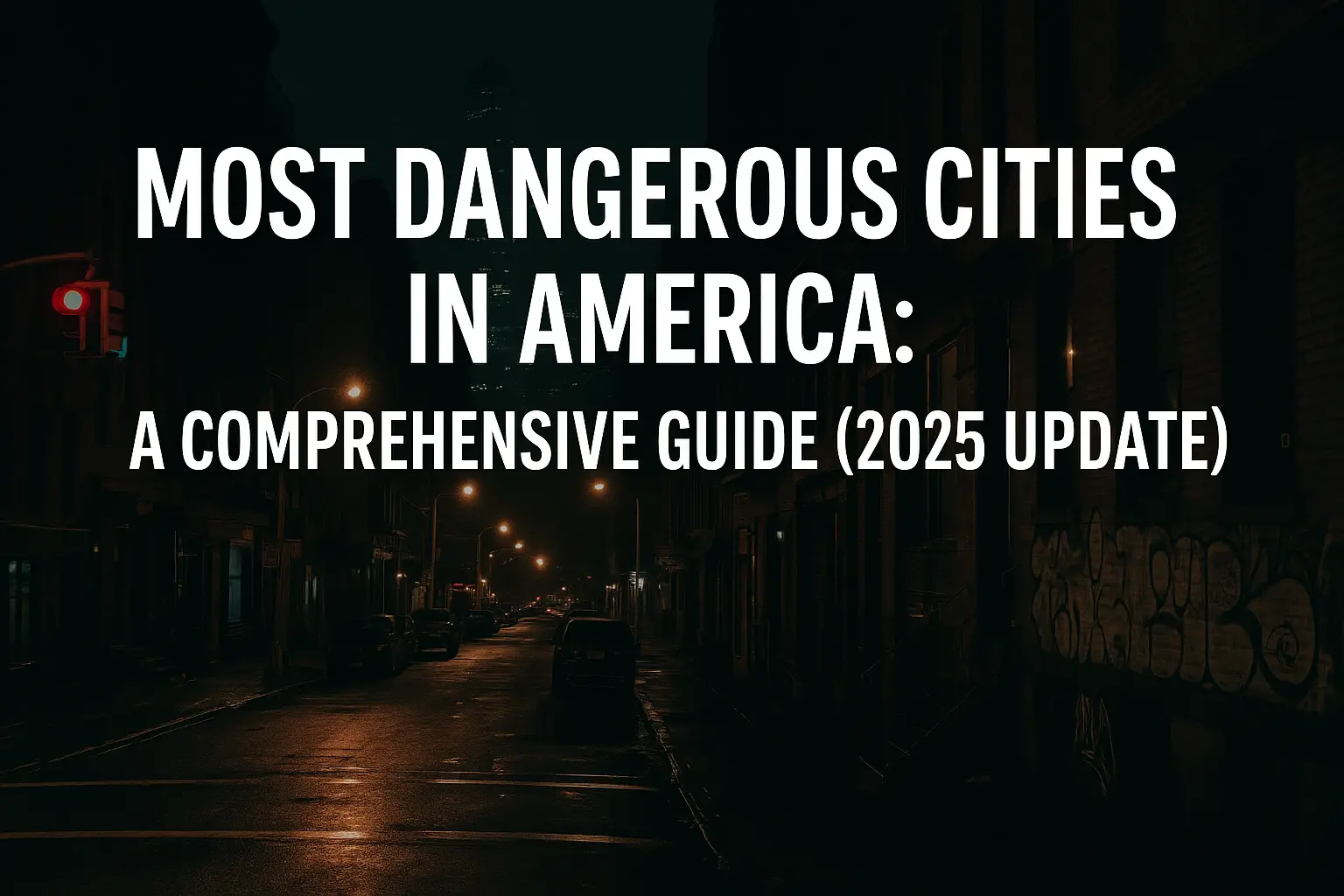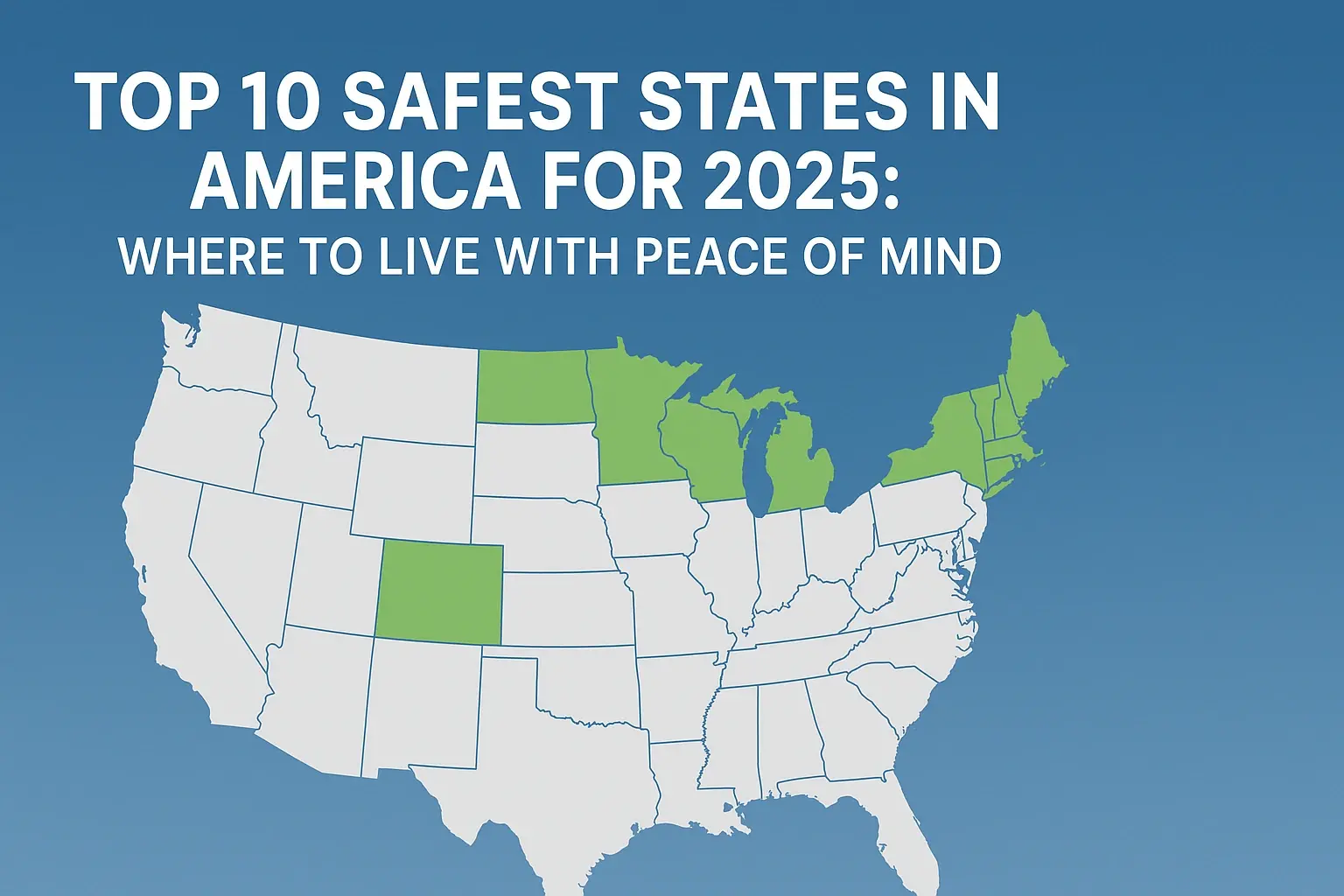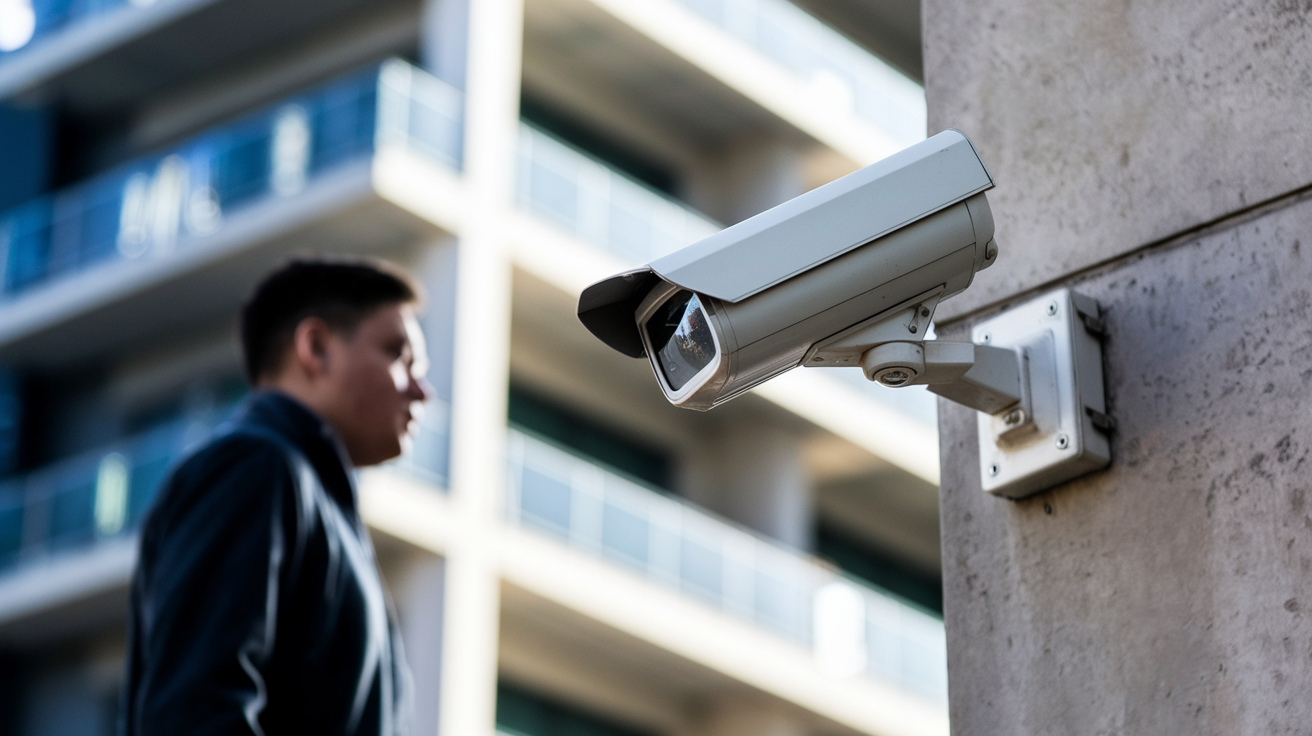Providence is the capital and with a population of more than 177,000 residents, it is also the largest city in the state of Rhode Island. Wikipedia defines it as a mid-sized city in the United States with an approximate population of 180,000 people When examining the safety of a city to either live in or visit there are important aspects such as crimes, transportation safety, and natural disasters among others.
Crime Rates
Indeed, like any other city in the world, Providence too experiences some criminal activities. However, the incidences of crime as perceived by the society in the recent years have significantly reduced. Coupled with the above has been the decline in violent crime from 30% between 2004 and 2014, and the property crime rate from 29%. Violent and property crimes were cut by 10% in Providence, in the five years between 2014 and 2019. But, if one sums up the crime rates the overall picture is quite optimistic.
However, it is important to note that certain areas or communities in providence experience more or less crime than others. That is why high crime areas, according to the study, are mostly located in the southern and western parts of the city. These areas witness more cases of violent crimes, including robbery and aggravated assault as well as property crimes such as burglary and larceny. Four areas of the city are the central neighborhoods, downtown, and the east side where there is comparatively reduced crime.
When examining the most recent FBI uniform crime report figures, however, it is clear that Providence has violent and property crimes per 1000 residents above the national median but below the figures of other northeastern cities like Hartford, CT, or Springfield, MA. The bottom line is that crime persists, but the threat level is not as high as people seem to think.
Transportation and Safety
RIPTA provides a wide range of public transport in Providence which includes; Buses and Trolley. This includes a bus service that operates throughout the day and night, a commuter rail, and a ferry service that operates during the summer period. It is quite easy to take a walk in the city, and biking is also convenient in many central and East Side parts of it.
Causes The traffic deaths have eased off over the last decade, for instance, the traffic fatality rate in Providence reduced from 15 per 100000 to 5 per 100000 in 2005 and 2017 respectively. However, there exist some concerns regarding road safety and this is more so around Route 95 since there is increased traffic density.
Natural Disasters and Weather
Regarding the evaluation of the climate and natural disasters for a city, the result of Providence turns out to be satisfactory. The concern of earthquakes is low since Rhode Island does not lay on any of the active fault lines. Providence is in the midst of the land and away from the coastal region, thus the city experiences less impact from hurricanes and tropical storms than cities along the coast.
The major climatic influences are the nor’ easters which bring about heavy rains, strong winds, and blizzards. The city receives a moderate amount of snow averaging 20 inches each winter, a figure that is not small for the region but quite reasonable. Providence also at times experiences minor flooding from the Woonasquatucket and Providence rivers that pass through the length of the town. Thus, although natural disasters should not be dismissed, Providence manages to evade many of the large-scale risks with which other regions are confronted.
Community Involvement in Safety
Some of the reasons why crime rates have begun to decline in Providence include active community participation and a responsible city government and police department. Community organizations are constantly engaging in efforts to spruce up problem areas with activities, residents, and police establish rapport to collaborate and address perceived or real problems, and urban renewal mainly focuses on targeting areas that experience high crime rates. That many local stakeholders are responsible for taking the city to a safer place is true.
Several chapters pointed out that Providence and many other post-industrial cities still experience economic and socioeconomic problems that lead to some areas experiencing more criminality than desirable. Yet, much progress has been made in placing Providence on the right path as far as public safety is concerned, and it has been described as one of the safest mid-sized cities in the Northeast. The positive trend observed in the success of green projects can be attributed to continued community involvement, and intelligent sustainable development endeavors for the future.
Exploring Providence Living: The Pros and Cons
It is advisable for individuals who are planning to either move to or within Providence to spare some time in assessing various neighborhoods. Some places are more historic and have beautiful architecture, and some offer better dining and entertainment, are more pedestrian friendly, have more accessible parks, and have lower crime than others.
Young professionals and students are found in large numbers on the East Side, where facilities such as Brown University and RISD are located. It has well-tree-planted streets, typical Providence, a college town setting, small shops, cafes, and a lower crime rate. Downtown delivers more Condominiums and lofts, office and conference facilities, and downtown cultural amenities. The West Side and Elmhurst neighborhoods are seen as having more single-family homes and Latino influences. Places such as Federal Hill and Fox Point still have the overall traditional New England look.
Health care is another valuable sector and Providence’s leading medical facilities can prove that. Providence, being the largest medical facility in New England, boasts 13 hospitals, with prominent facilities such as Rhode Island Hospital and Hasbro Children’s Hospital. Thus, the needed frequent access to the doctors will be of advantage to those who require such services. Providence also offers many opportunities for public access to green areas such as Roger Williams Park or Waterplace Park near the Providence River. Providence provides a great opportunity to have fun on the water because beaches, located near Narragansett Bay, and water activities during summer are easily accessible.
Accessibility to housing is relative, but in Providence, the prices and rents are still below Northeast metro cities such as Boston and the city has many features of a large urban center. Rhode Island does have one of the highest unemployment rates in the nation, however, so employment opportunities should be carefully researched based on specific areas of focus or sectors.
Conclusion
Providence has its challenges just like no mid-sized city does not have its issues, but Providence is experiencing a progressive change in safety and crime rates, active community participation in the city’s development, quality healthcare, beautiful historic neighborhoods and institutions, reputable colleges and cultural centers, parks, and comparatively reasonable cost of living. All these assets cumulatively put Providence as one of the safer cities in the northeastern region that is rapidly climbing the star rating.







